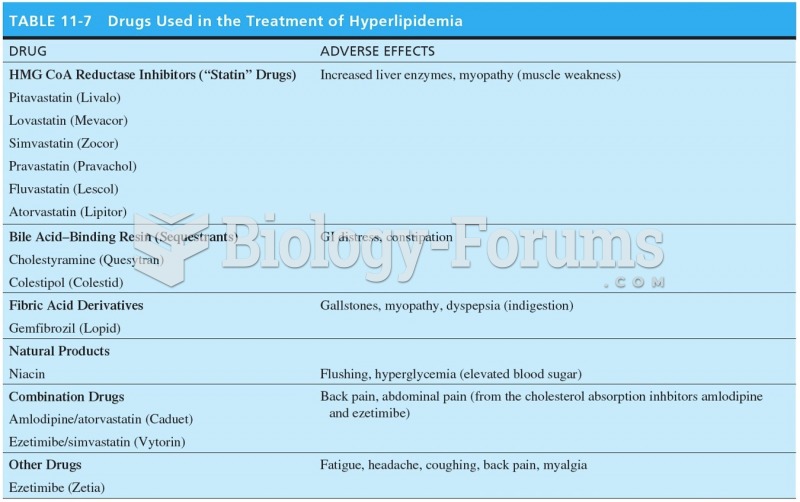Answer to Question 1
Biological treatment of intellectual disability is currently not a viable option. Generally, the treatment of individuals with intellectual disability parallels that of people with pervasive developmental disorders, attempting to teach them the skills they need to become more productive and independent. For individuals with mild intellectual disability, intervention is similar to that for people with learning disorders. Specific learning deficits are identified and addressed to help the student improve such skills as reading and writing. At the same time, these individuals often need additional support to live in the community. For people with more severe disabilities, the general goals are the same; however, the level of assistance they need is often more extensive. Remember that the expectation for all people with intellectual disability is that they will in some way participate in community life, attend school and later hold a job, and have the opportunity for meaningful social relationships. Advances in electronic and educational technologies have made this goal realistic even for people with profound intellectual disability.
Communication training is important for people with intellectual disability. Making their needs and wants known is essential for personal satisfaction and for participation in most social activities. The goals of communication training differ, depending on the existing skills. For people with mild levels of intellectual disability, the goals may be relatively minor (for example, improving articulation) or more extensive (for example, organizing a conversation).
In addition to ensuring that people with intellectual disability are taught specific skills, caretakers focus on the important task of supporting them in their communities. Supported employment involves helping an individual find and participate satisfactorily in a competitive job.
Answer to Question 2
There are three criteria for the diagnosis of intellectual disability. The first is significantly subaverage intellectual functioning based on IQ test scores. The second is concurrent deficits or impairments in adaptive functioning, including difficulty in at least two areas such as communication, self-care, home living, social and interpersonal skills, use of community resources, self-direction, academic skills, work, leisure, health, or safety. The third is based on the age of onset, meaning that the disorder must be evident before age 18.
Since the criteria for academic and social function vary based on cultural expectations, intellectual disability, more than other disorders, is defined by the society in which the individual lives. This can make it difficult to label and compare people across cultures, and the classification of intellectual disability is made harder by the fact that people with intellectual disability differ significantly in their degree of disability, even within levels.







